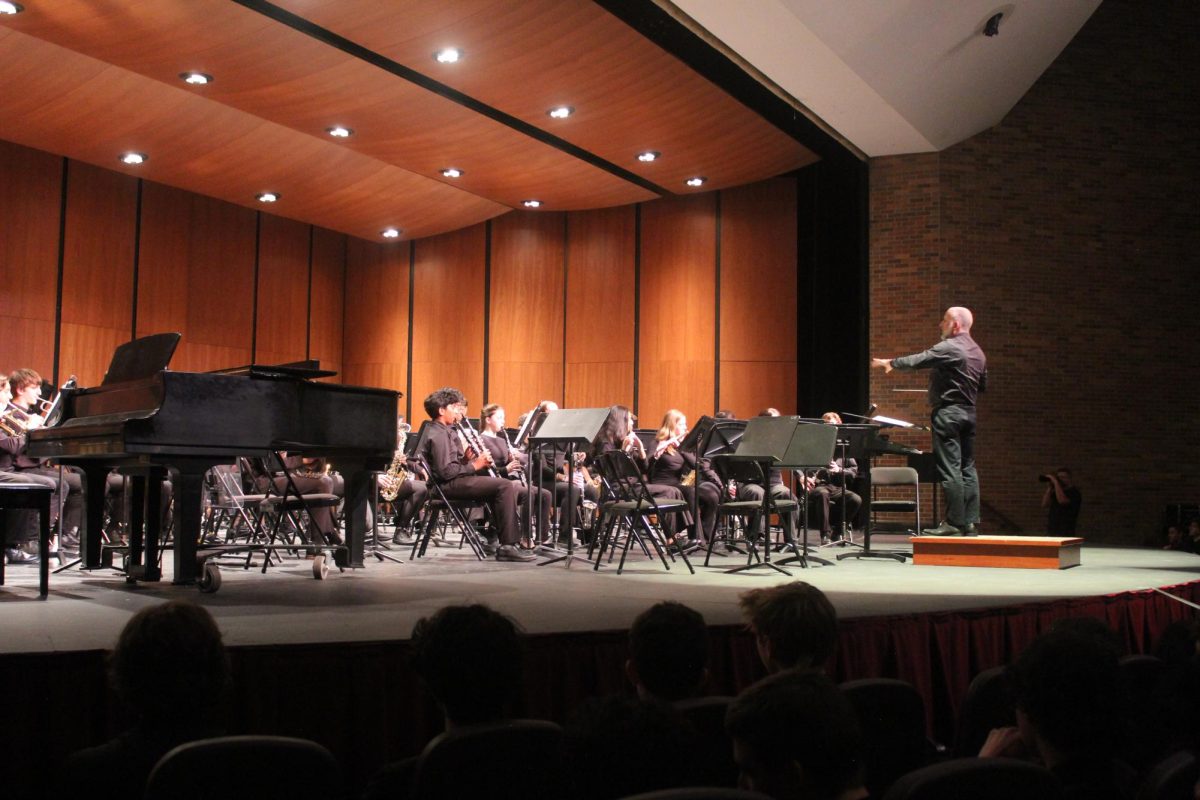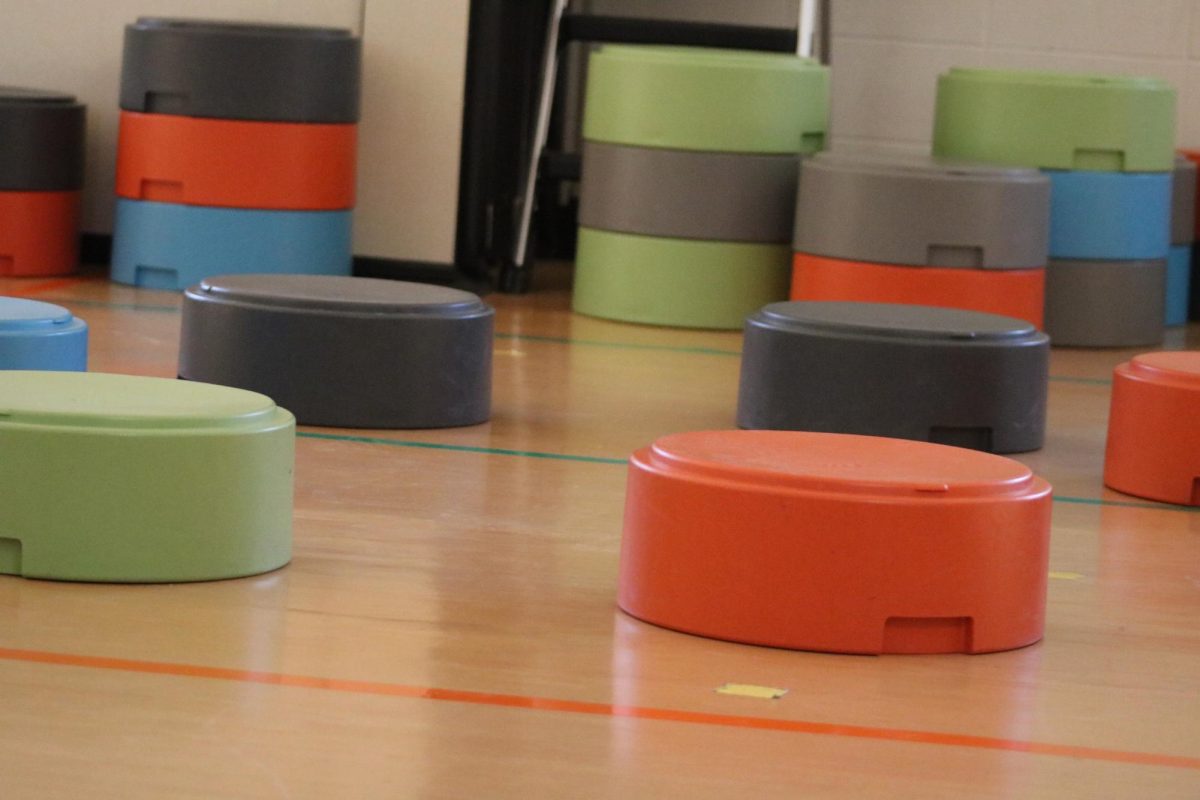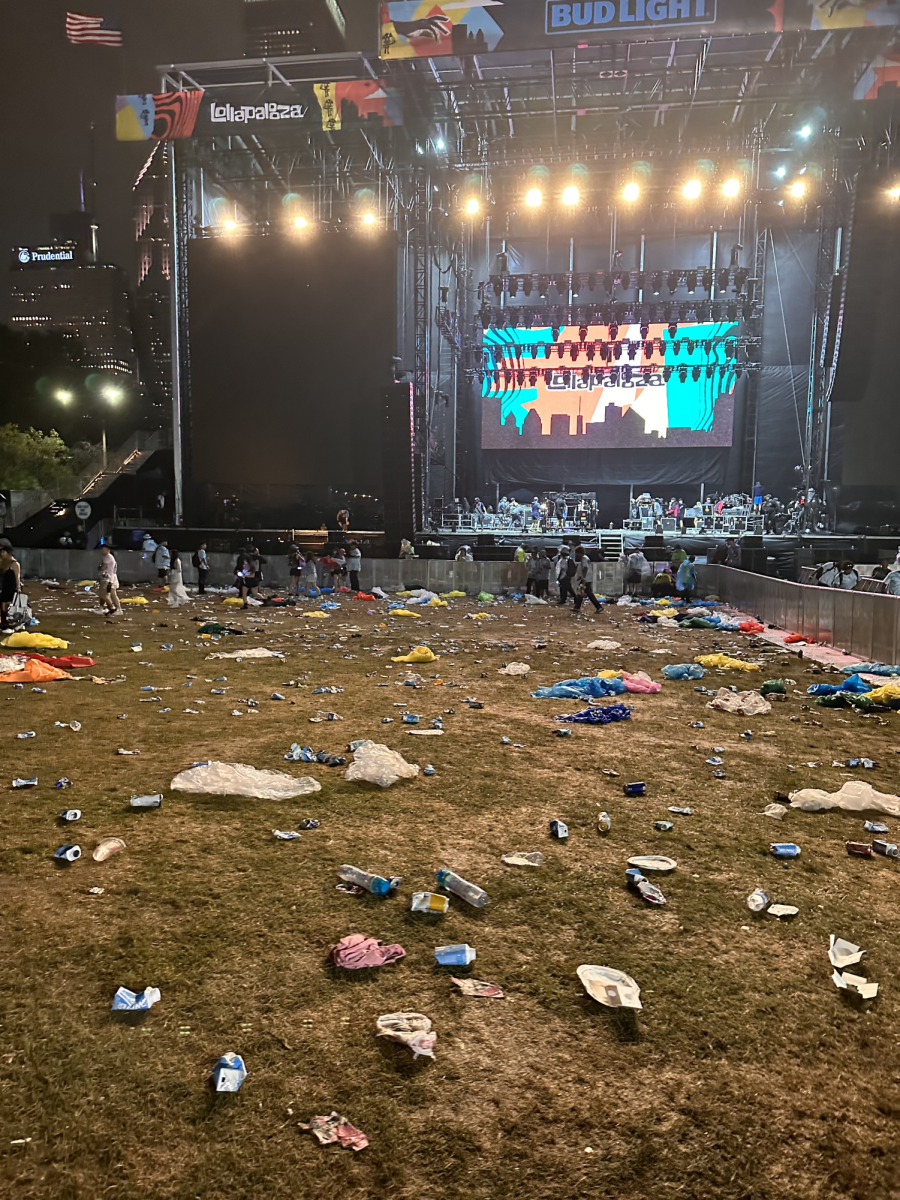The hallways are full of students involved in different sports, each dedicating different amounts of time and energy. Some of these athletes leave the hours they’ve put into their sports in high school, not desiring to continue on in college. However, select athletes who walk through these halls have a different approach: they desire to play at the collegiate level.
According to the NCAA, nearly eight million students participate in high school athletics and roughly 480,000 compete as college athletes.
The odds of being a college athlete are slim, but these athletes surpass those odds as they continue to play sports ranging from Division One to Division Three, showcasing their dedication to the sports that they love.
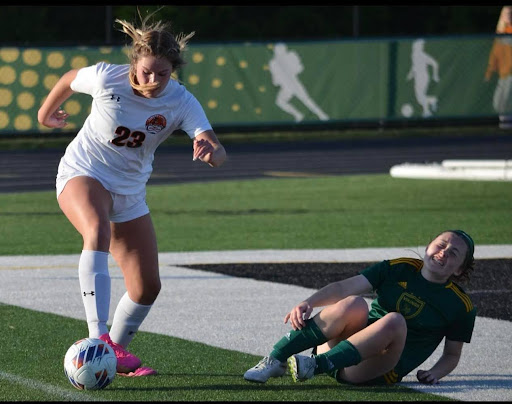
“I can’t see myself not playing [soccer],” senior Maddy Kopala said. “I feel like proving this to myself is so important.”
Kopala came to the realization that she wanted to play soccer beyond high school around eighth grade and said that she “started going to showcases and we started researching how to get recruited.I probably went to almost every Big 10 school’s ID camps and then I started sending out a lot of emails.”
Another necessary step which led to her commitment were the endless hours Kopala spent training. “All of my trainers are women,” Kopala said. “One is Kim Yessian, my weight trainer and I absolutely love her.” Kopala started with her trainer back in 2020, a year that was unique for many different areas, including sports.
“It was during COVID,” Kopala said. “We would go to the park and just lift and work with TRX. I really was just moving my body in ways I never had before.” The bond between Kopala and Yessian was undeniable and Kopala emphasized Kims impact on her recruitment as well as her passion for the sport in general.
“Janet Albert is my second [trainer],” Kopala said. The two started working together to develop a stronger shot for Kopala.
“I was training hurdles with her, fast footwork too and this got my shot so strong,” Kopala said.
Kopala decided to commit to play Division One soccer at Purdue University Fort Wayne, and credited those who had helped her.i
“My female trainers have really just gotten me to where I am,” Kopala said.
Similar to Kopala, other students have stepped into their roles as active soccer players. Junior Sydney Dulak is one of them.
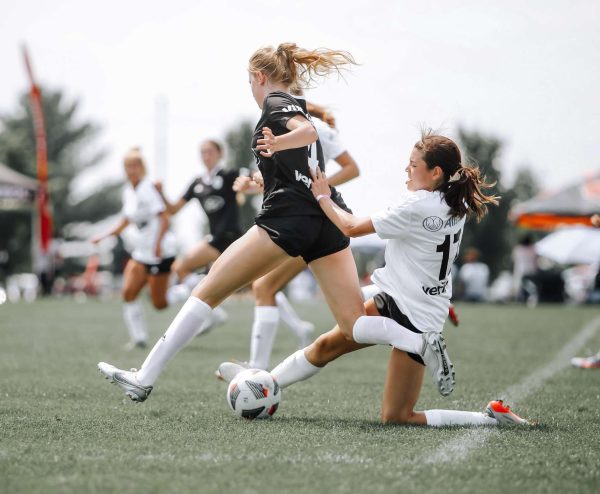
“I want to take [soccer] to the next level and play in a competitive environment,” Dulak said, “hopefully working my way up to being a professional soccer player.”
Dulak trains daily, working with both her teammates and a private trainer in order to develop her full potential.
“I mostly train at night,” Dulak said. “Sometimes I will wake up at 5:30 and train at an indoor place before school.”
Dulak committed to play Division One soccer at Saint Louis University this fall, and her decision was highly influenced by her environment.
“The players and coaches are extremely caring towards you as a person, even besides being an athlete and just being on campus,” Dulak said. “I chose SLU because I want to be a part of something bigger,” Dulak said. “The program is not only competitive but also very successful.”
After being one of the first Division One commits of the 2025 class, Dulak said “this is something I have always dreamed of.”
Some athletes realize later in the game that they want to play a college sport, but for Senior Luca DiCarlo, this was not the case. “Growing up, I would see these older kids playing games with coaches on the sidelines,”DiCarlo said. “I figured out that those were college coaches.”
The idea of playing sparked a motivation in DiCarlo, who said that at first, “it was D1 or bust, but then the assistant coach [at Ohio Wesleyan University] texted me four times.”
DiCarlo also noted the difference in care he was shown from Division One schools as opposed to Division Three.
“The coaches at this school were so sincere,”DiCarlo said, “I feel like you don’t get that same attention and care from a lot of Division One schools.”
DiCarlo plays for True Lacrosse and like other athletes, he has put in time and dedication to be able to be where he is. From physical exertion, to emails and visits, DiCarlo weighed the many choices within the ultimate choice, where to play.
After visiting other schools and growing relationships with these coaches, DiCarlo said that his decision was more so based on “a process of elimination.”
“I liked the other schools because of their coaching too,” DiCarlo said, “but I think that my personality just worked better with Ohio Wesleyan.”
DiCarlo will start at Ohio Wesleyan University this fall, inspiring other athletes to follow in his cleat prints.
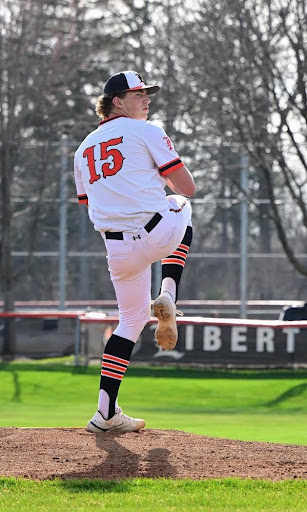
Like each previous athlete, junior Josh Holst took each step in the recruiting process with care, as he decided on his future.
Come the beginning of junior year, Holst had been in contact with multiple schools, yet had waited to commit.
“August 1 came and coaches were allowed to contact us,” Holst said. “Air Force Academy didn’t actually reach out until two weeks after and it was kind of out of nowhere.”
By using resources like Pro Baseball Report (PBR), Holst was put on the radar of many potential schools, including the one he is now committed to. Holst’s family also has a history of attending the academy and his passion set him in line to follow in their footsteps.
“I’ve wanted to be a pilot for a long time now,” Holst said, “so when they called, it seemed like an easy ‘yes.’”
Along with athletics, the Air Force Academy sets high standards for those at the university, expecting grades which exceed those of his classmates.
“Usually it’s a sign that you’re going to get in, you don’t have to try as hard,” Holst said, “I have to do the same application process as everyone else applying.”
Holst’s dedication to school and athletics proved him to be a fit for the Air Force Academy and he noted that perhaps his biggest influence was that “the coaches were extremely personal, and I definitely took that into consideration when making my choice.”



